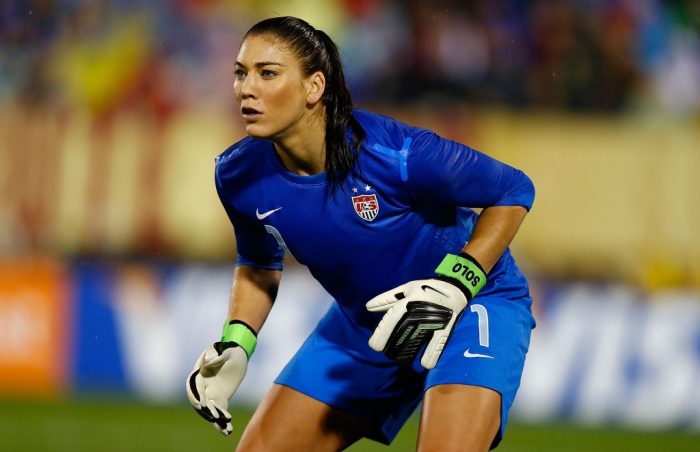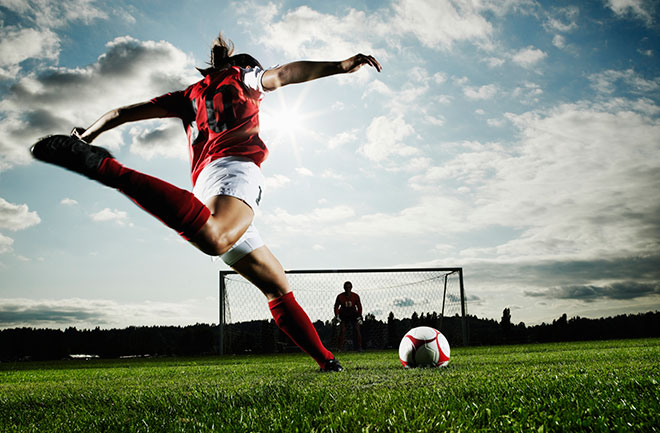Goalkeeper gloves are two of the most important items in a keeper’s arsenal on the field, aside from water and a good towel. Gloves protect the fingers, and can help with grip. That’s especially useful in areas that have less-than-ideal weather conditions for play. With this brief guide, you’ll learn how to choose gloves to help elevate your game, without overspending on things you don’t need.
Price
Good gloves are going to cost anywhere from $20-$80, with the higher price points being top of the line. We’ll discuss what that means in terms of soccer equipment in a moment, but paying more than $80 isn’t something you should do on a whim. Instead, consider fit, quality and your needs as a player.
Fit
You can tell a lot about a glove by looking at the fingers. You’ll see gussets (visible stitching where the leather overlaps) on some, but not on others. You’ll also notice stitching around the palm or backhand. Paying close attention to these details will prove useful in determining how snug of a fit you want, and the kind of grasp and mobility you’ll get around the ball. Do you want a wide palm for a snug fit on the ball? Go for a flat palm cut, which looks square and is modeled after the original soccer gloves first invented. A roll finger cut glove will have the palm directly attached to the backhand, and allow for better grasp around the ball.
There are also negative cut gloves, which are becoming popular among serious players. They have a similar construction to flat palm cut, but the seams are on the inside the glove. What you get is something that feels like a roll finger, but plays like a flat palm.
Quality
The main concept to keep in mind with goalkeeper gloves is protection. You want padding, especially on the palms, fingers, knuckles and backhand. This is to help catch a hard shot, punch the ball away and grasp a shot along the ground.
Smooth palms are better recommended than dimpled ones, but it depends on the type of player you are. Smooth palms tend to have a gripping agent, which will wear off. They aren’t ideal for street play. For practice purposes, dimpled palmed gloves might be a better option.
Newer gloves may have additional finger protection and support, such as spines sewn into the gloves. These may feel strange at first, but they are designed to help absorb impact and protect you. Remember, your grip is your best asset as a keeper. Protect your fingers!
Soccer Garage is one of the largest specialty soccer showrooms in the United States, offering Reusch gloves with International shipping.



 Becoming an elite soccer player does not happen overnight. It takes dedication and hard work over several years to build up the skills and mastery required. Younger soccer players will learn the basic skills and movements and will slowly be introduced over the years to more advanced skills. Here we look at the five areas that players will need to master in order to become and elite player.
Becoming an elite soccer player does not happen overnight. It takes dedication and hard work over several years to build up the skills and mastery required. Younger soccer players will learn the basic skills and movements and will slowly be introduced over the years to more advanced skills. Here we look at the five areas that players will need to master in order to become and elite player.